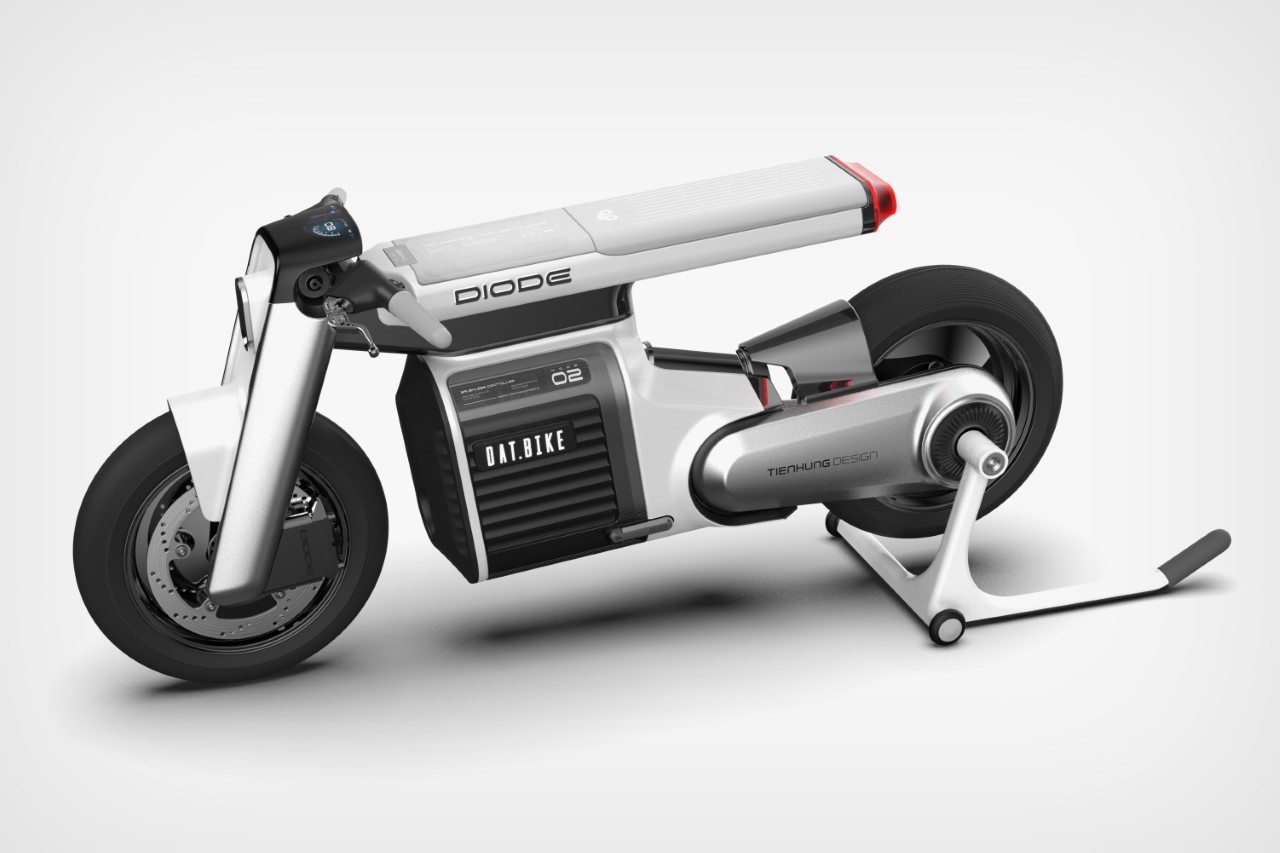
Here at YD, we’re always coming across super cool and powerful automotive designs, but somehow the conceptual ones seem to take the cake. And we’ve really encountered some amazing automotive designs recently Each automotive design was cutthroat and innovative, bringing in something that we don’t usually see in the market. From killer speed to dashing good looks, to impenetrable safety standards, every automotive we featured at YD broke some design barrier for us, and hopefully, they did the same for you as well. Hence, we’ve curated a collection of automotive designs that we feel were the best of the lot. Each of these drool-worthy automobile concepts is mercilessly pushing the boundaries of the automotive industry.
1. Diode
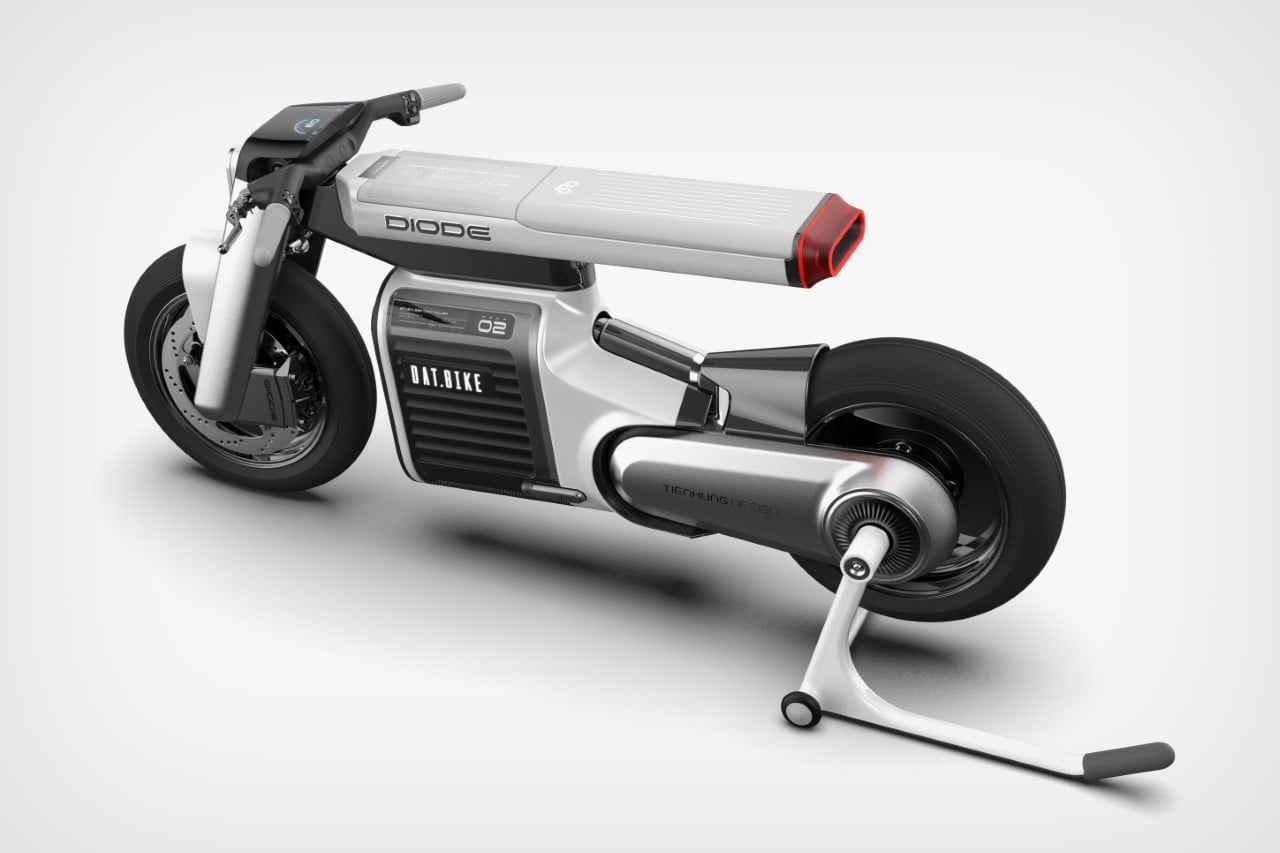
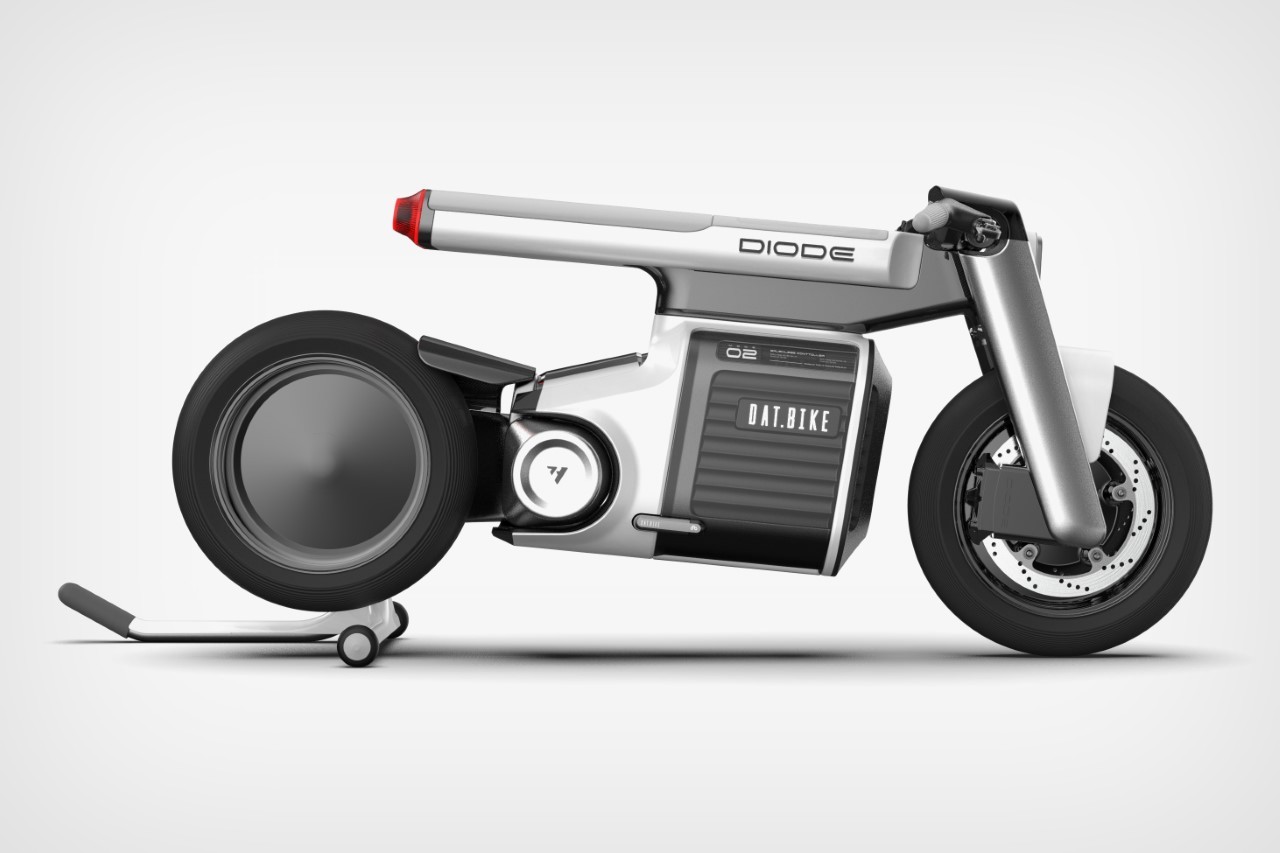
Dubbed Diode, this visually intriguing e-bike concept is created by Tien Hung, and it features a super cool neo-minimalistic design that celebrates the future of the electric power train. The bike has an aesthetic which is almost invisible, except for one singular horizontal pillar, which runs gently from the dashboard to the taillight, accentuated by a massive battery module underneath it. The bike is also equipped with a powerful rear-wheel drivetrain and a comfy seat.
2. Polestar 8
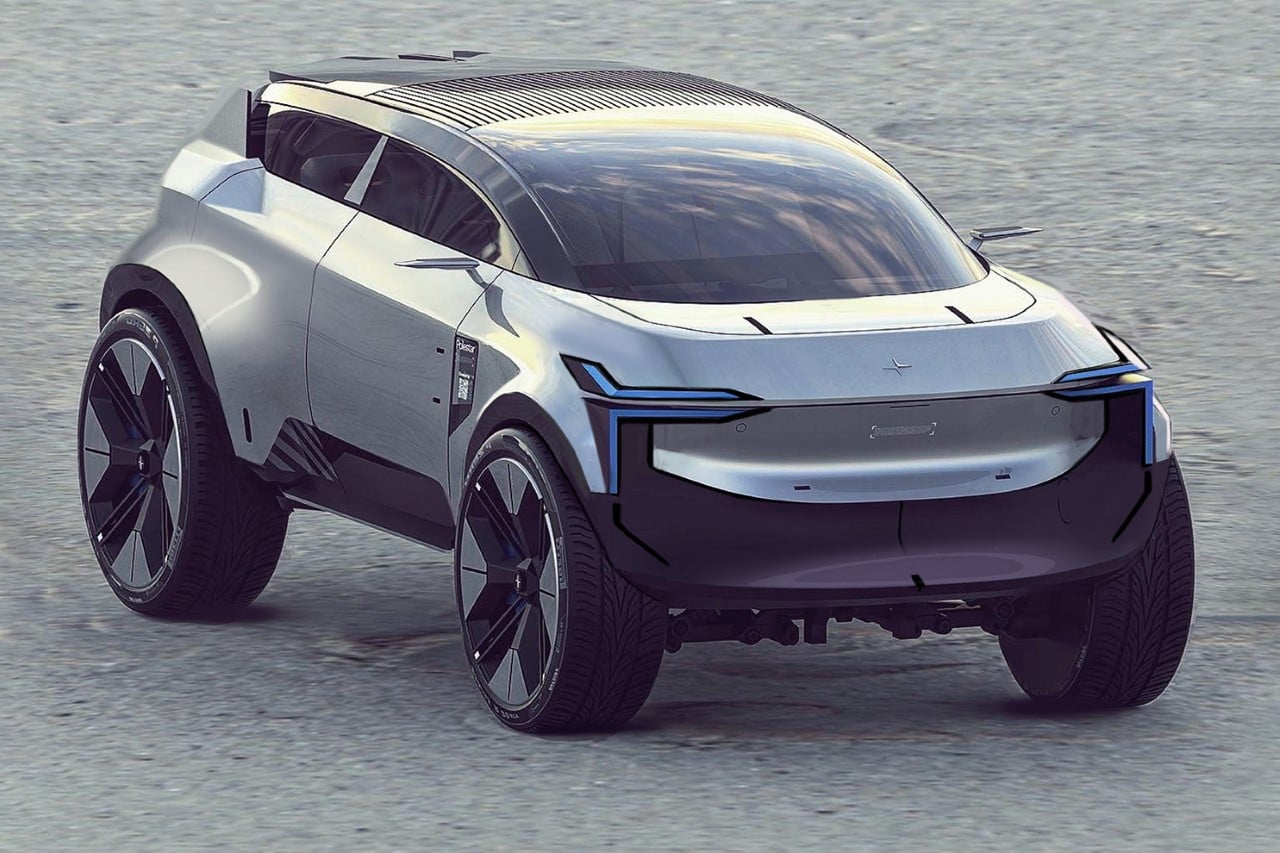
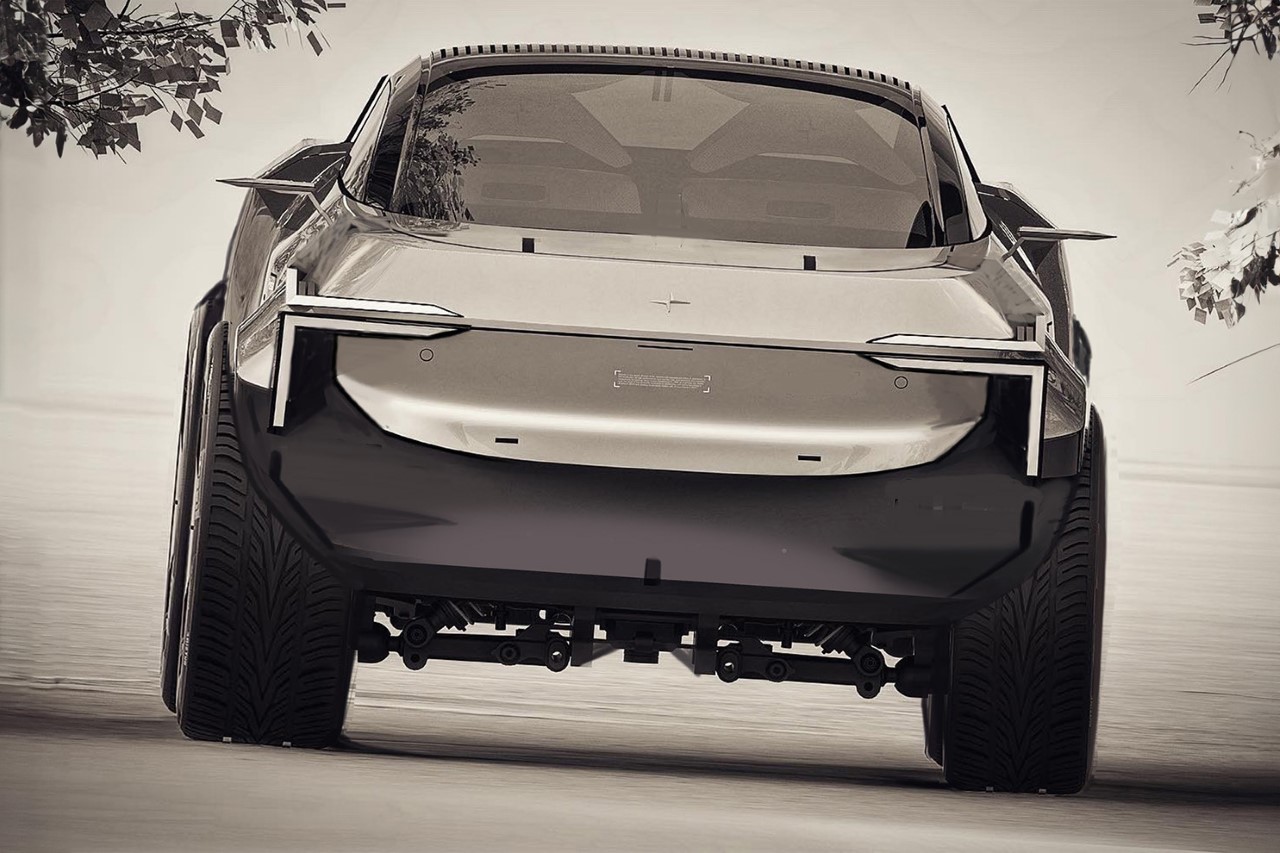
Designed by Turin-based Salvatore Ville – this is the Polestar 8. It is an SUV concept that beautifully embraces minimalism but with an interesting twist. Vurin imparted the car with a powerful and dominating silhouette, instead of only clean surfaces. This menacing automotive looks like the Polestar 3 on steroids! It features a wider and more brutish design. It does maintain a clean design but with a more roguish personality.
3. Mercedes-Benz Dresscode
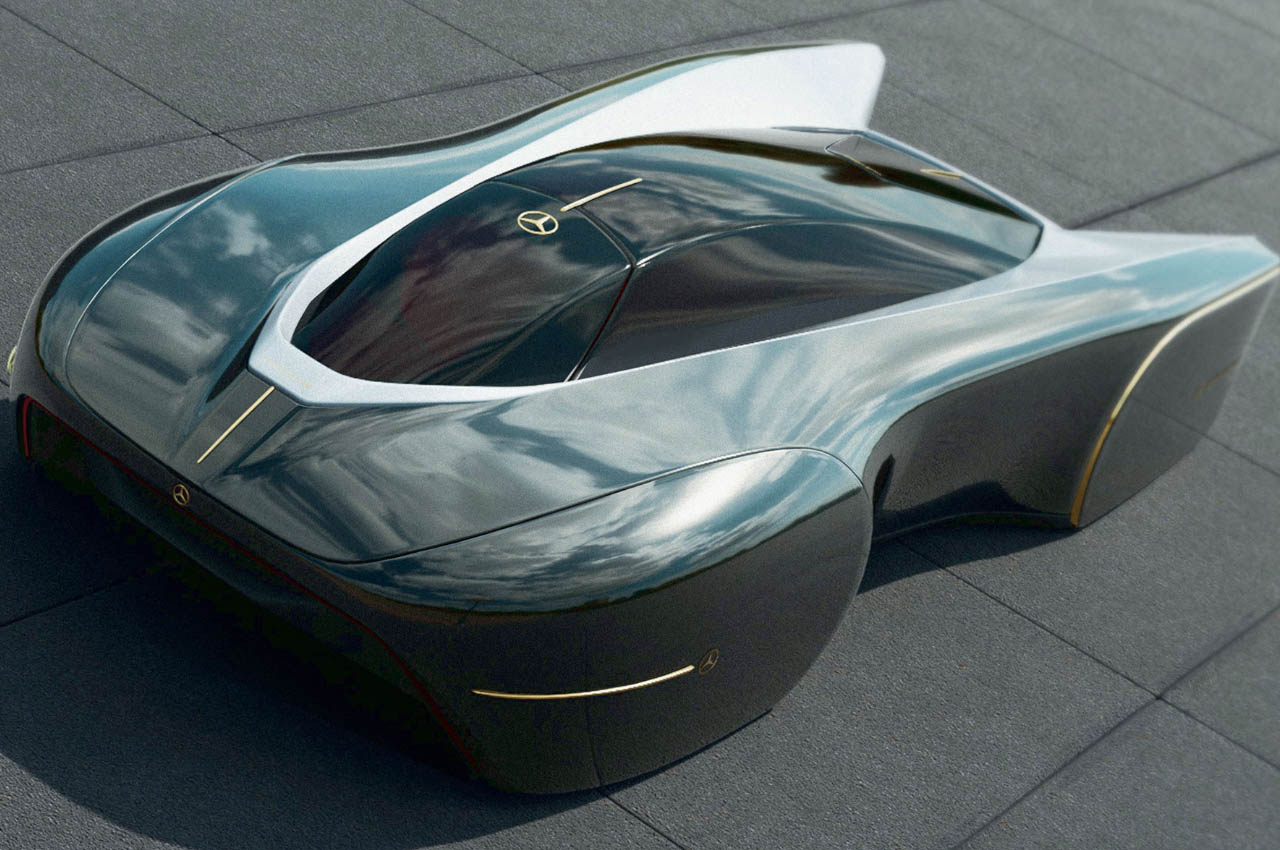
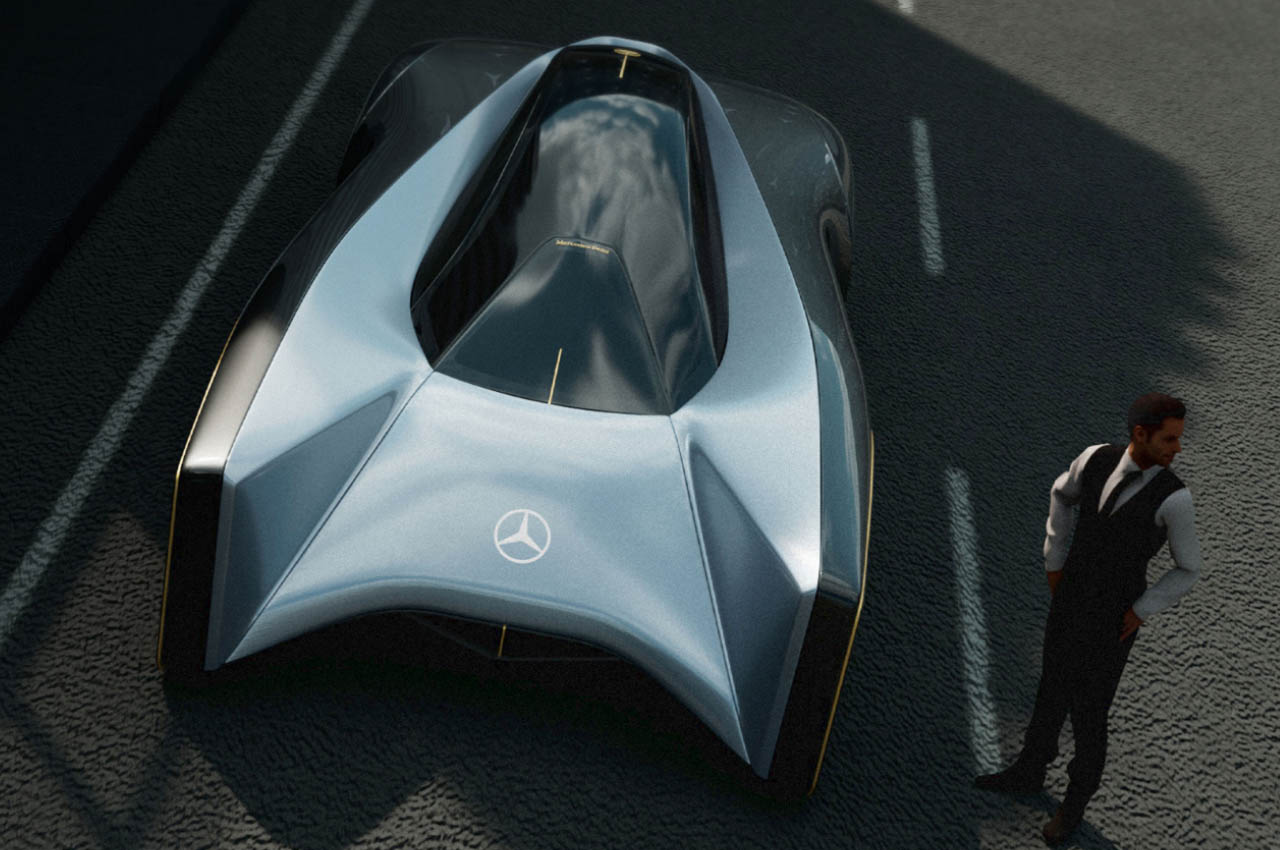
The Mercedes-Benz Dresscode is the epitome of iconic luxury and encapsulates it through the shapes of collars and rich volumes and of a formal dress. If you observe the hypercar, you’ll notice that it mimics the form of a white shirt with a tie on top, and a black jacket placed over it. The white sections serve as the shirt with the edged surfaces, while the black body that covers the car reminds you of a jacket. The doors have been created to resemble the process of taking off a suit!
4. Palladio
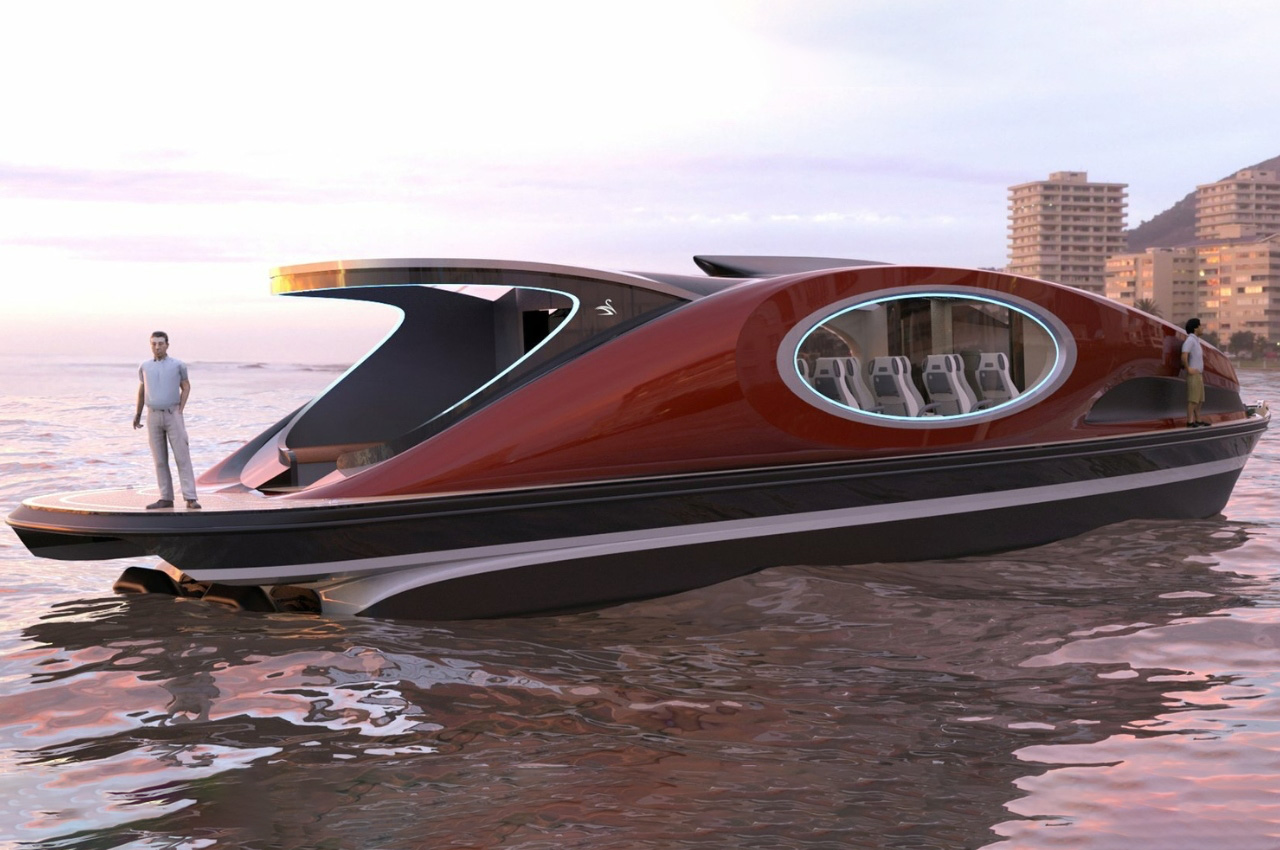
Dubbed Palladio, this concept for a hybrid yacht is designed to be ultra-light and can speed up to 55 knots maximum. It looks straight out of a sci-fi movie set in water and features a futuristic, mouth-shaped, avant-garde design that gives the impression that a pod is cruising through the waters. The yacht is made from carbon fiber propelled via twin Castoldi jets, and powered by two FTP engines.
5. H-Box
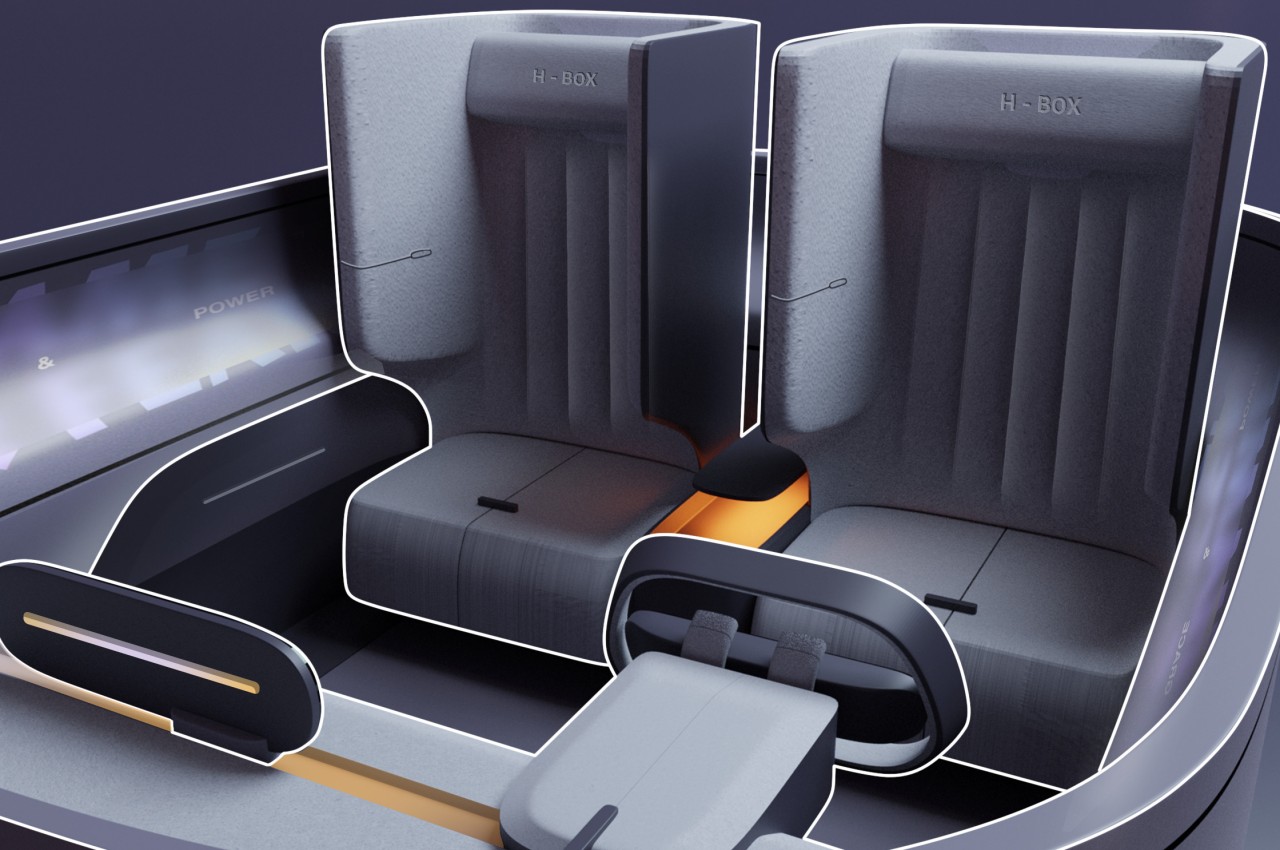
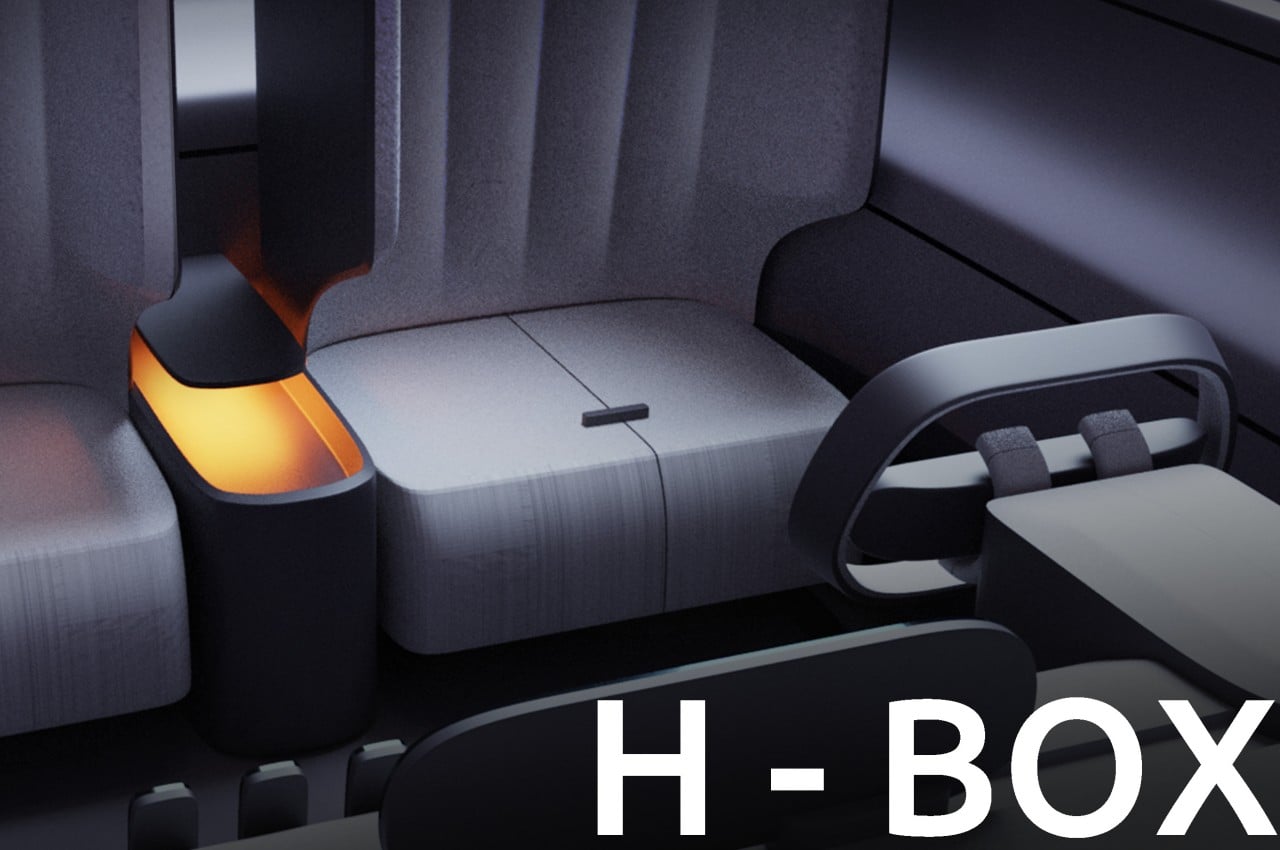
Dubbed the H-Box, this conceptual automotive design converts a car into a box-like machine. It is a two-seater model with chairs that are placed at the back of the cabin. However, you still need to pay attention to the manual control form in this car, unlike most self-driving automotive concepts. The driver’s seat can be moved forward to handle the steering if needed. This creates an even bigger gap between the two seats, which is great for two people who want their own space in the car.
6. Swift Pod
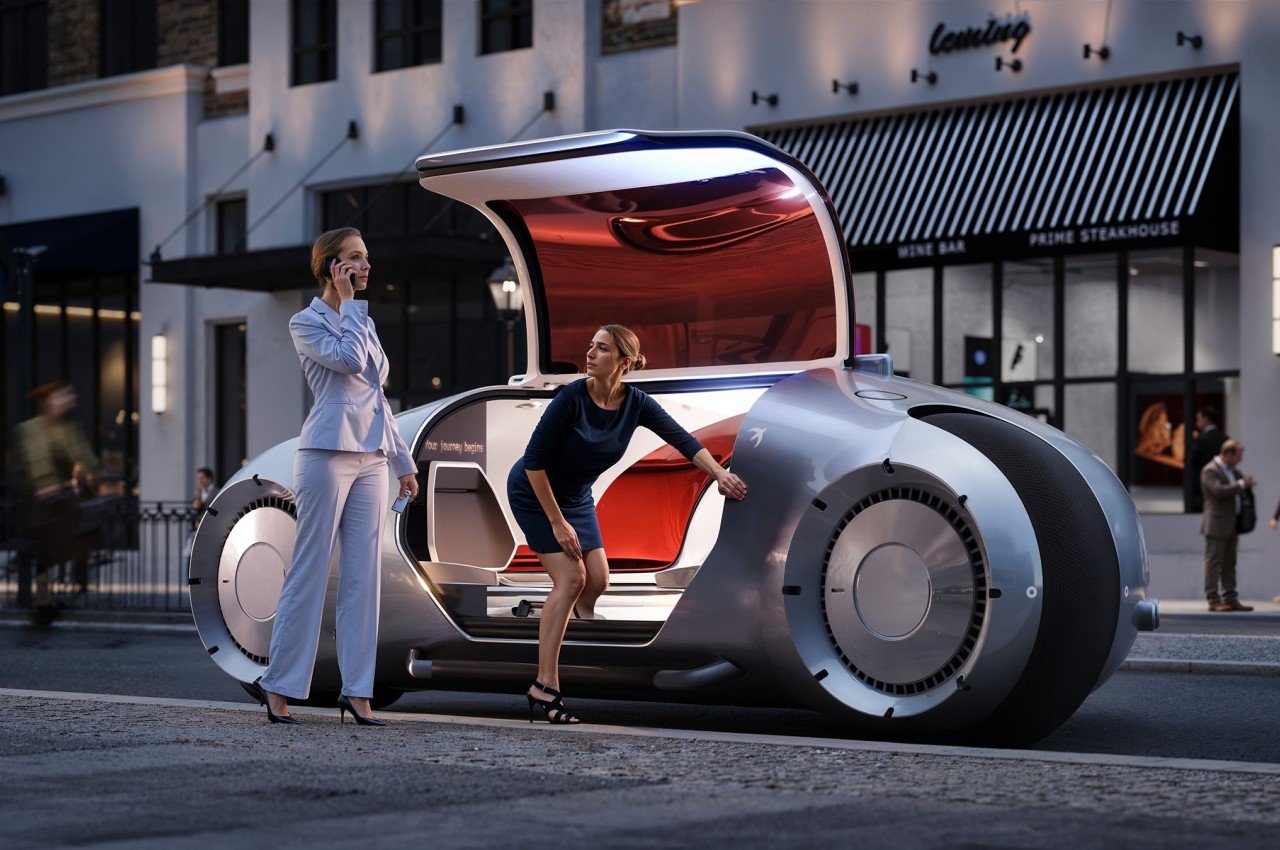
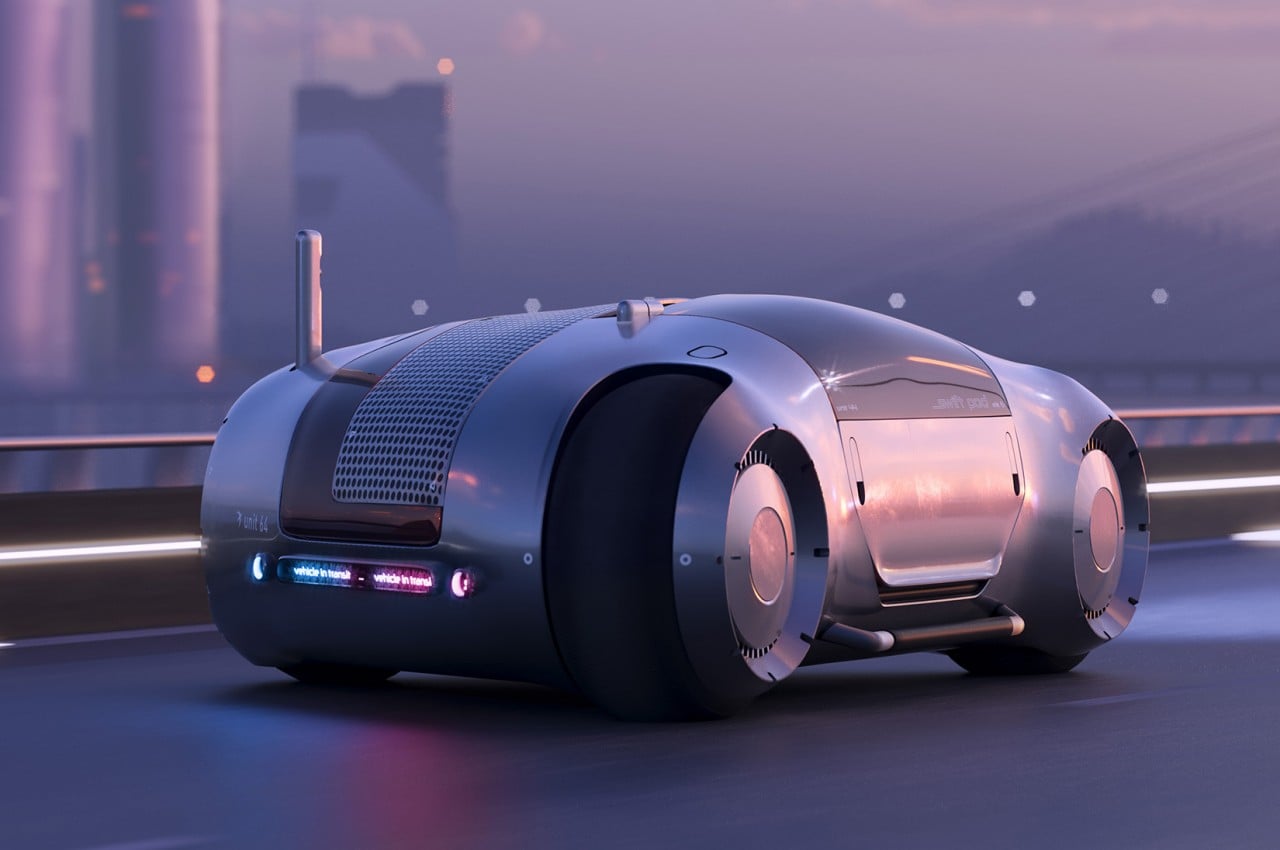
The Swift Pod looks like a massive motorcycle that stands on two wheels only! And this innovative automotive has such a unique shape to hold two adult-sized beds inside, one on each side of the triangle. Besides having two beds, it also houses two chairs, amenities, and the vehicle’s hardware and different bits. This is a fascinating mode of transport that lets you sleep through your commute or journey if you wish to.
7. MOQBA
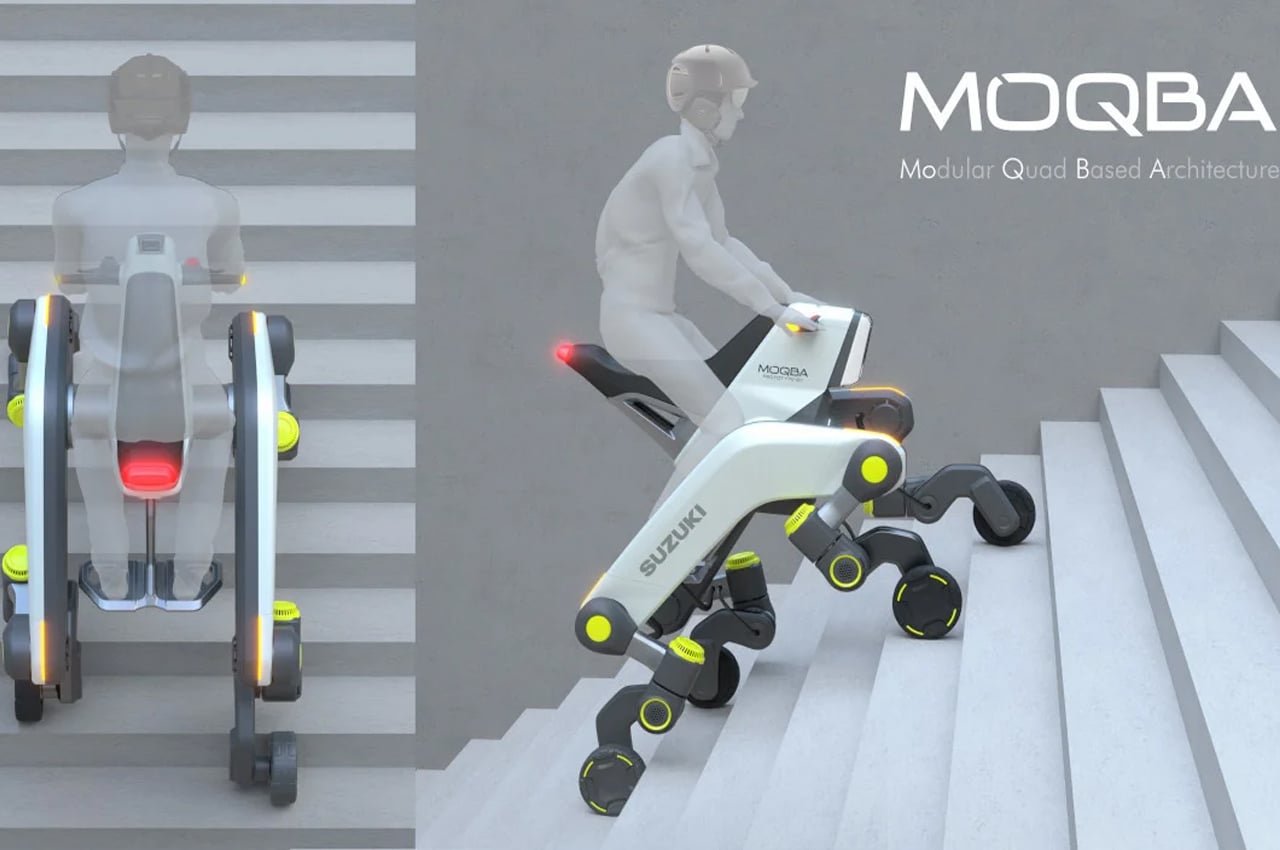
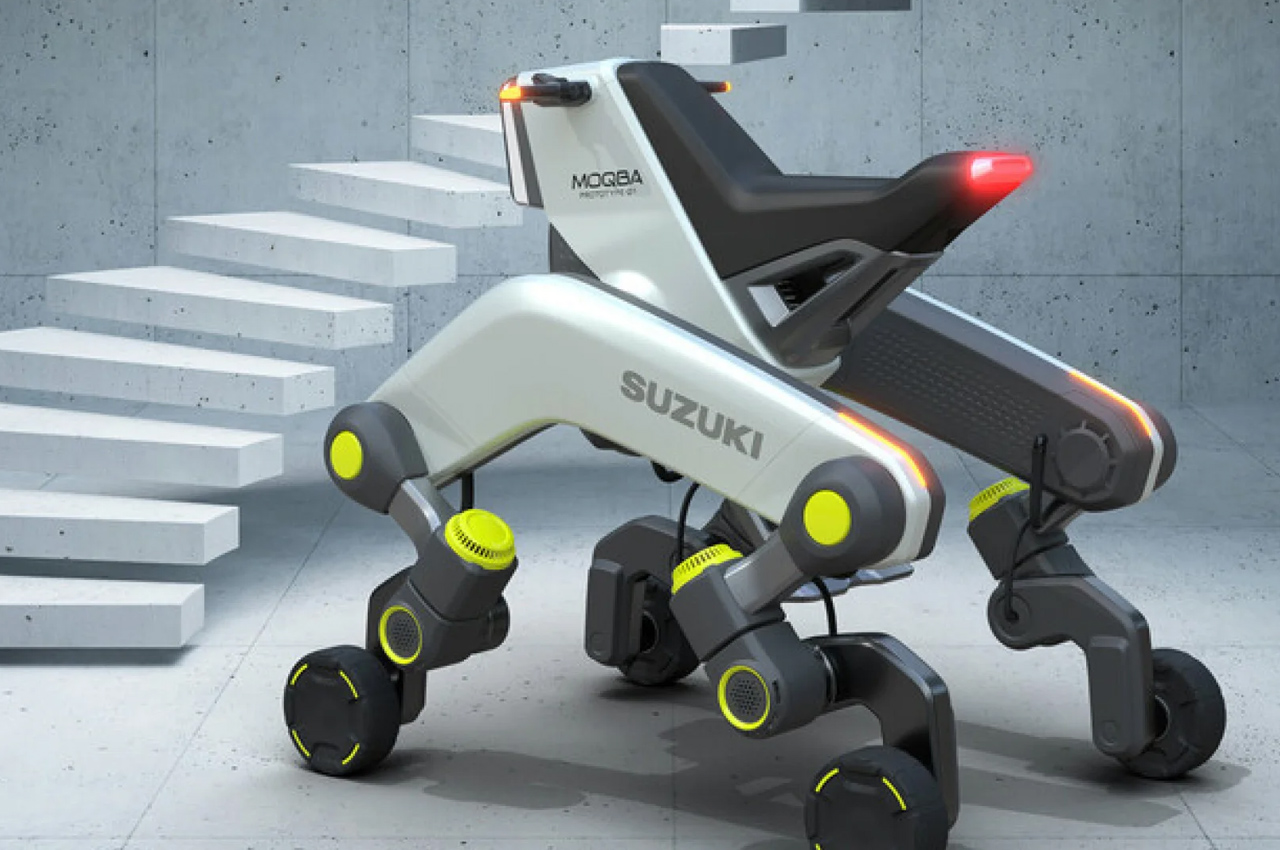
Named MOQBA, this innovative conceptual design is a dynamic mix of a bike and an e-scooter. This fascinating automotive can climb stairs! It was created to be a next-gen mobility ride for users who may have difficulty with mobility. You can ride this unconventional automotive on four independent legs with wheel extensions. The MOQBA is intended to be a one-of-a-kind and exceptional mini mecha of the future.
8. BMW Motorrad CH4 Superbike
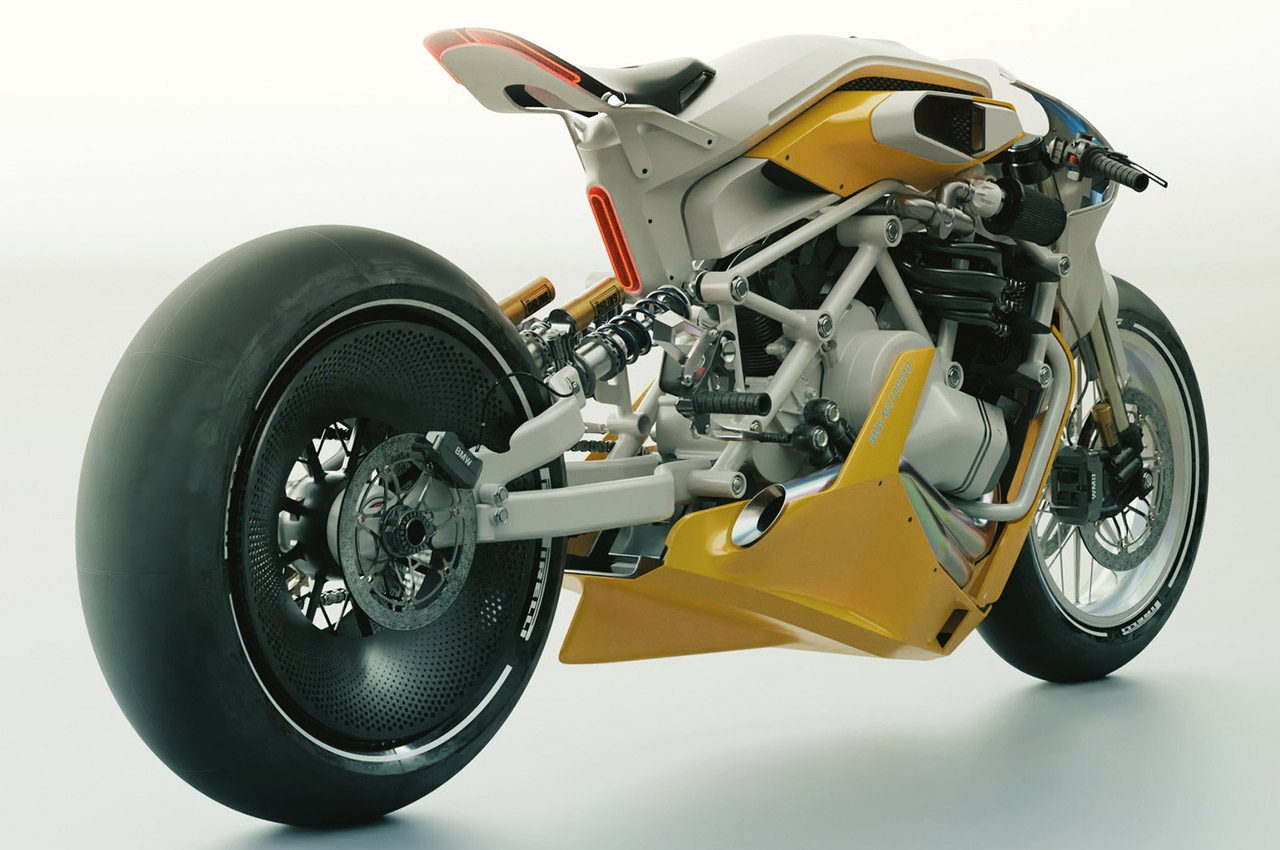
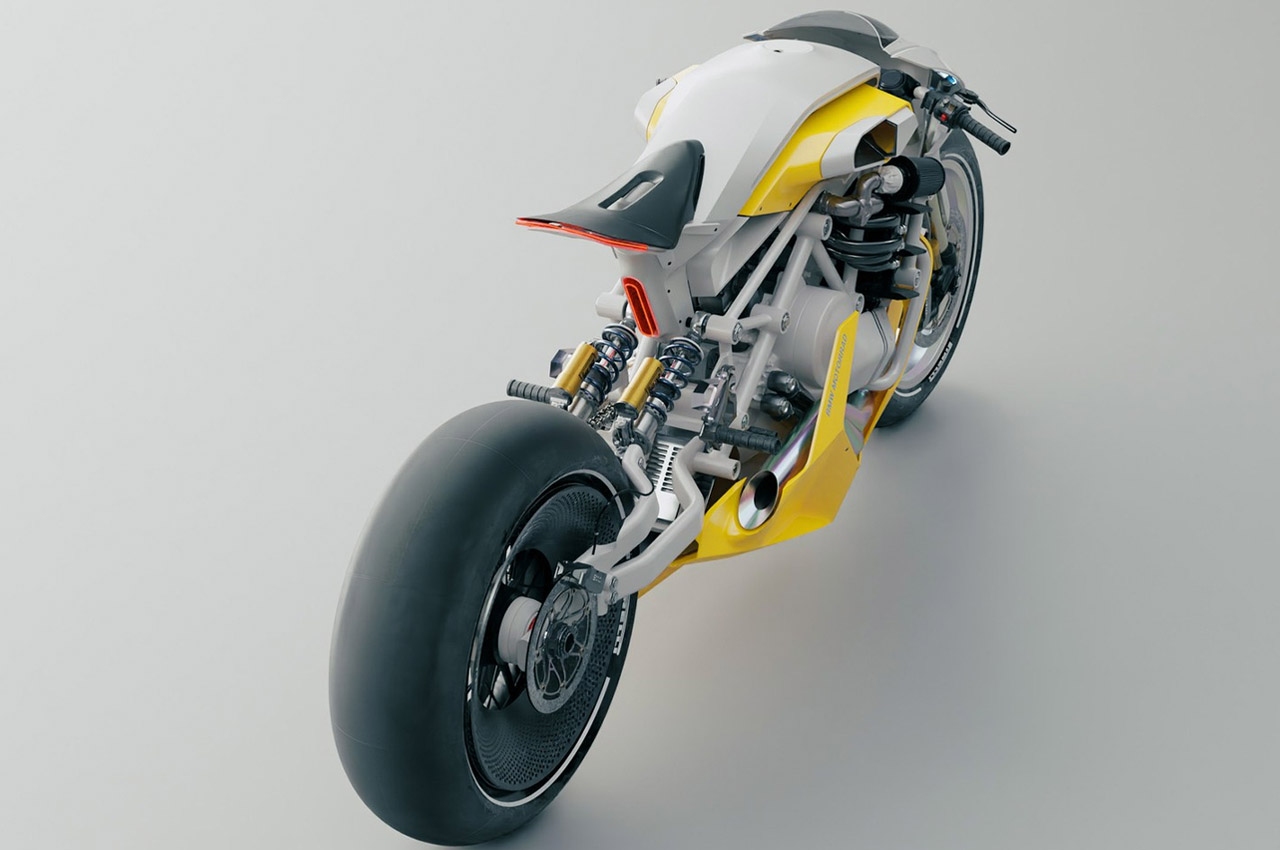
Called the BMW Motorrad CH4 Superbike – this exceptional café racer is designed by Sabino Leerentvled, and it is a ride fit for Tony Stark and his quests to take on the bad guys. The superbike has an aerodynamic geometric shape and big fat wheels which offer it a high-speed adrenaline rush. The bike truly has a massive Tony Stark influence, and it would look amazing zipping through the crowded streets in pursuit of the bad guys.
9. Apple iCar
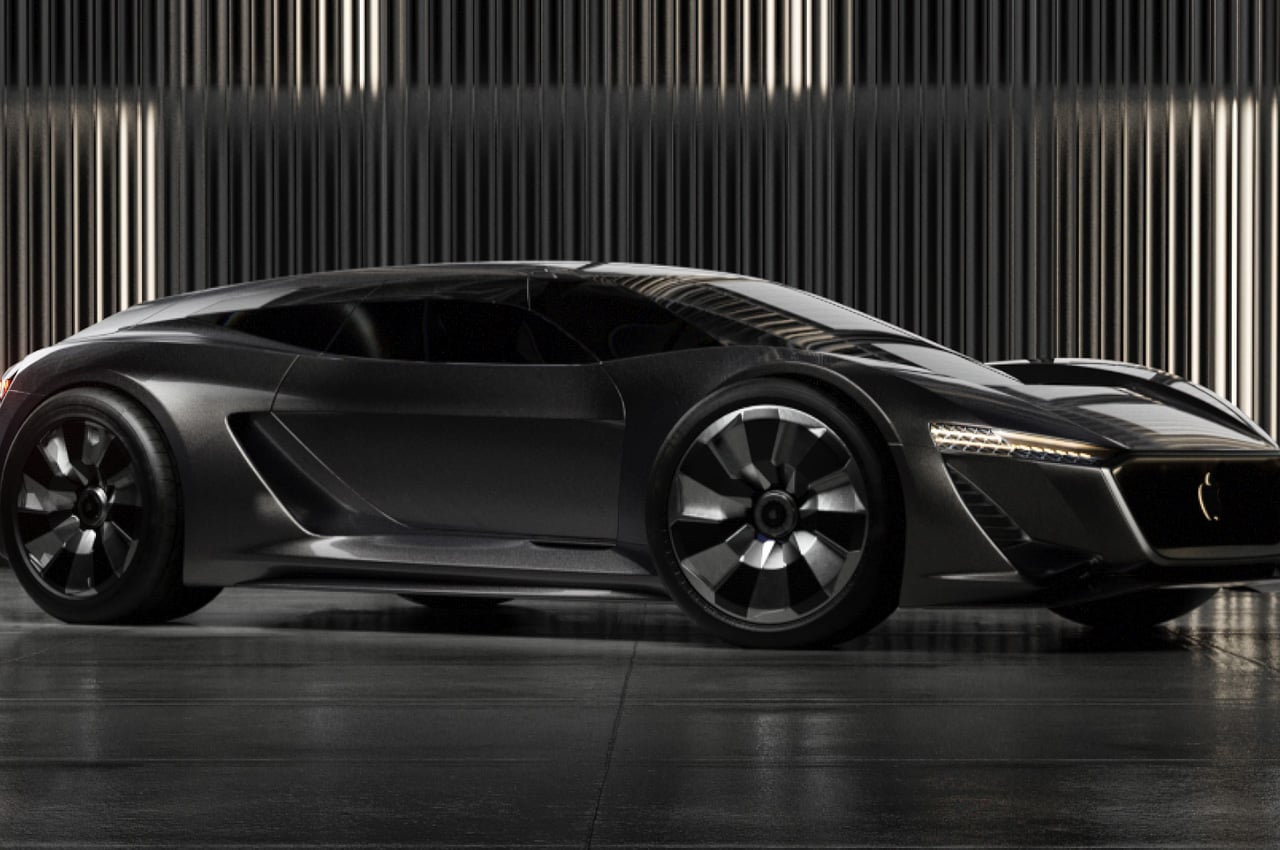
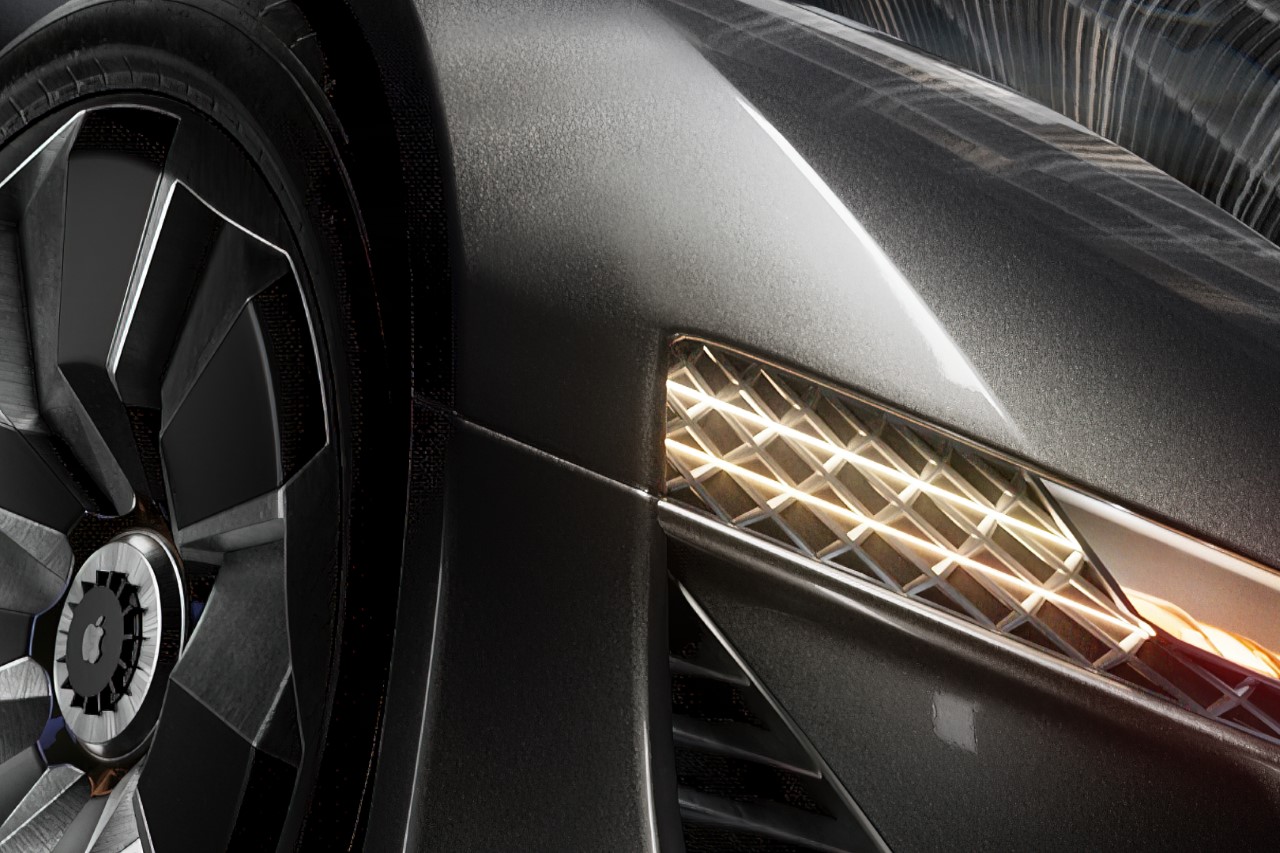
Dubbed the Apple iCar – this conceptual automotive concept has a luxurious supercar-inspired appeal to it. It has influences of the Audi R8 and the lesser-known Lamborghini Asterion in the iCar. The automotive has an aggressive, speedy silhouette, stunning headlights and taillights, and a rounded back. It features an Apple logo on the front, and each wheel is equipped with stunning rims with the Apple logos on them.
10. Yamaev’s Scooter Concept
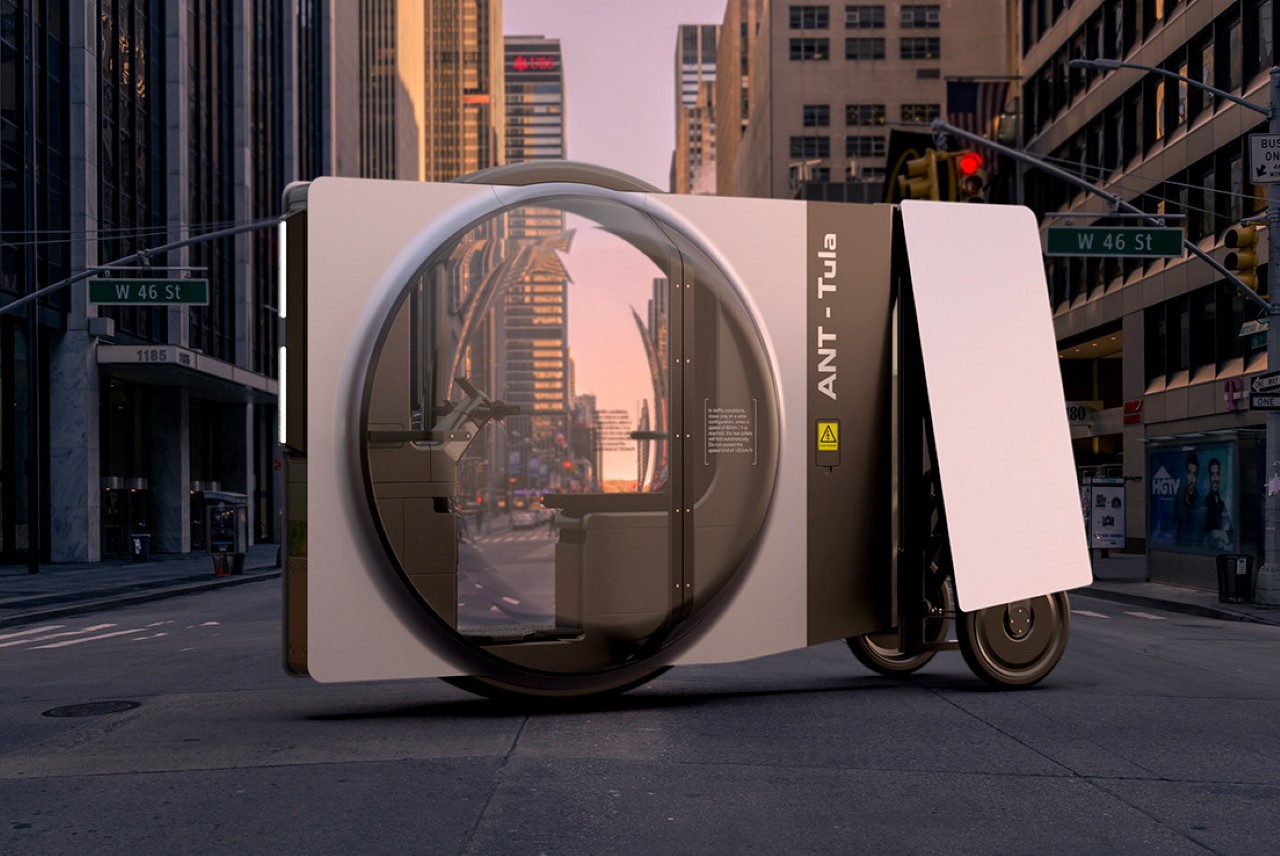
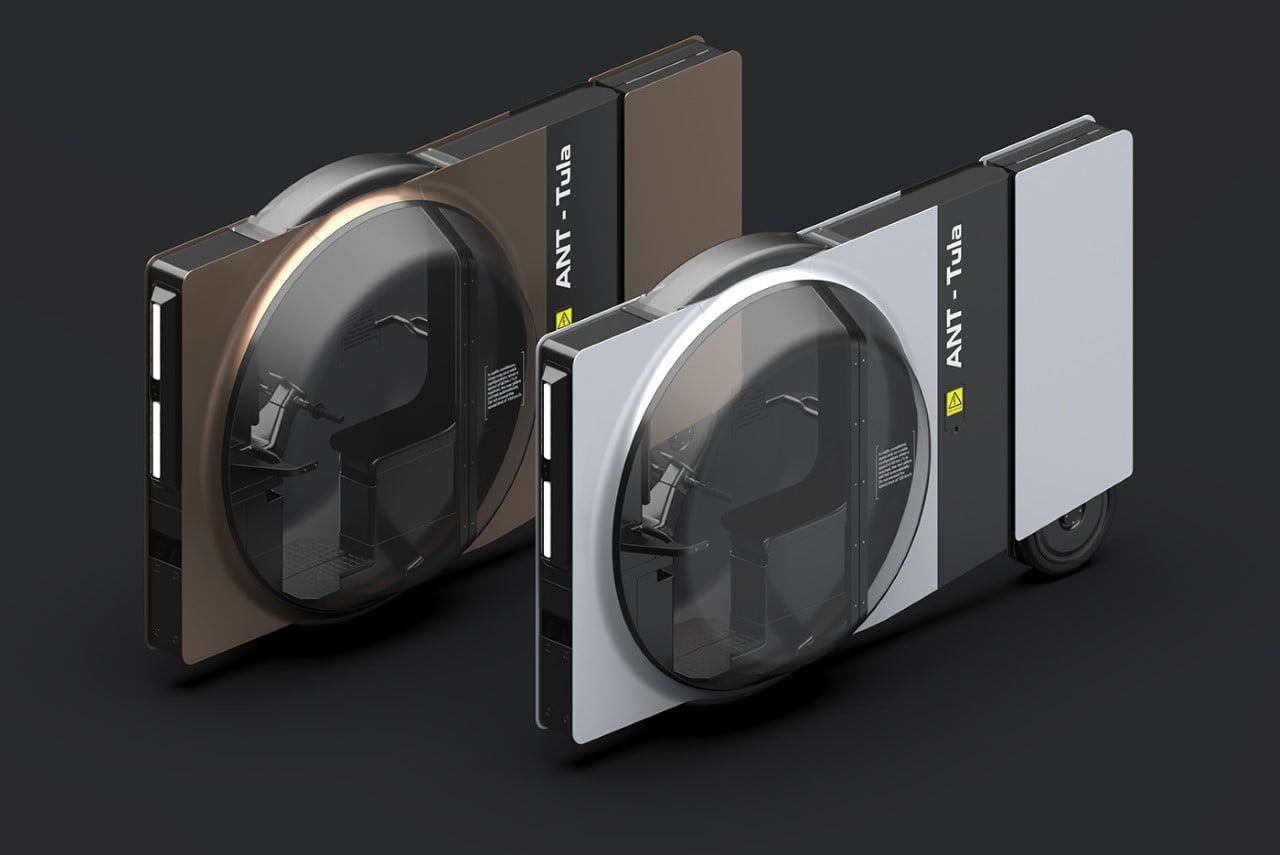
This tricycle scooter concept is made up of a unique rectangular side profile that gently pierces through the air, in the same manner a credit card would swipe through a payment machine. The scooter also features a wheel setup with a large front wheel which covers the scooter’s transparent cockpit. The cockpit is bubble-shaped, and it has two rear wheels which separate at lower speeds to provide stability. The wheels also combine at higher speeds for maneuverability.
The post Top 10 Powerful & Sleek Automotive Concepts We Need To See On The Road ASAP first appeared on Yanko Design.